Aug 1, 2013 | art history, sculpture
Antonio Corradini lived from 1668 until June 1752, and he worked as a Rococo sculptor in Venice. There’s not a lot known about him, but he’s most famous for his veiled women, and it’s not hard to see why.
Her smooth skin shines right through the thin ripples of the veil resting softly – it spills off noses and ears like tiny waterfalls of marble. But the eyes can always be seen so clearly, closed against the veil pressed against them.
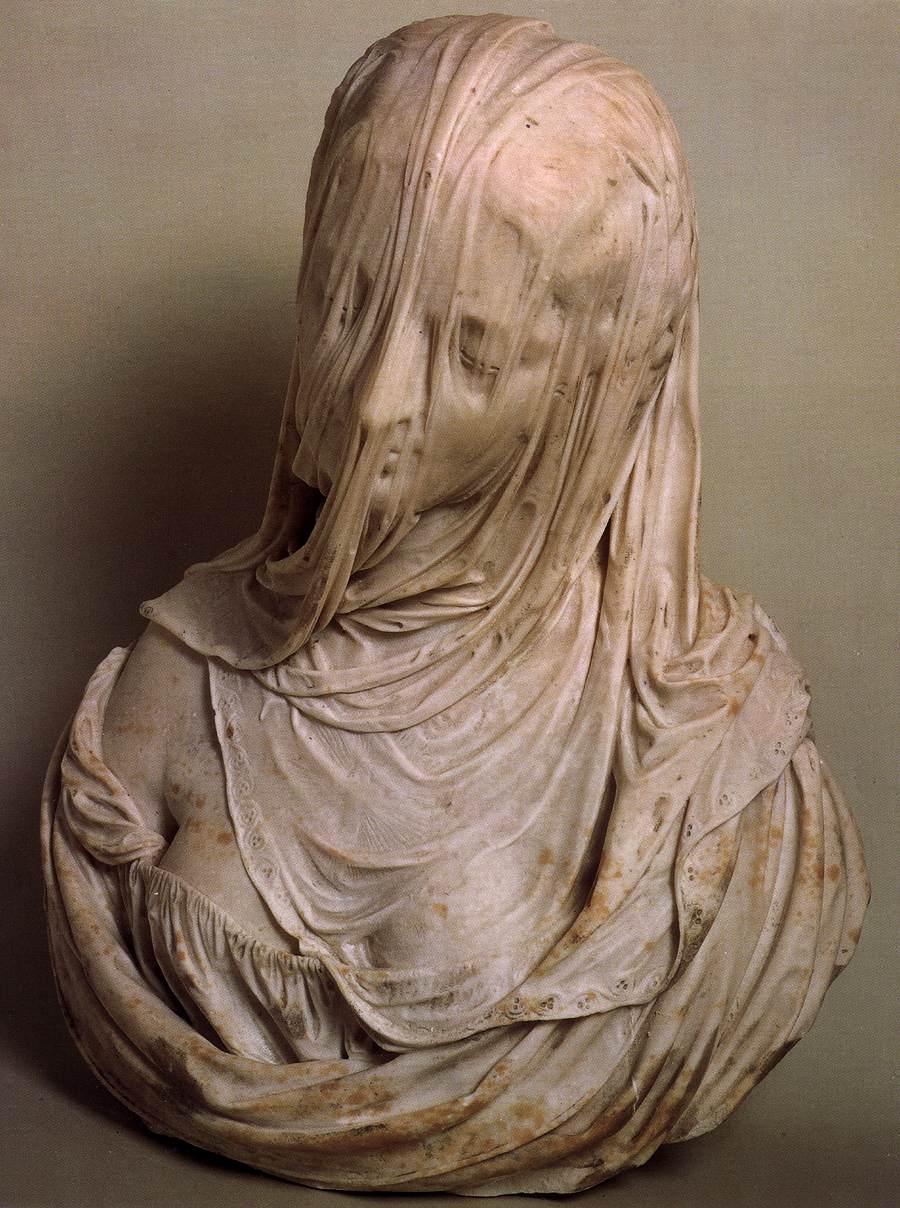
Bust of a Veiled Woman (Puritas), 1717-25
Marble
Museo del Settecento Veneziano, Ca’ Rezzonico, Venice
source.
Corradini played a huge role in solidifying the role of sculptors as ‘artists’ in the early 18th century. In 1723 he is supposed to have been the first person to legally separate the professions of sculptors and stonemasons, creating a school for sculptors and developing it as an official artistic profession.
His “Portrait of Modesty” (below) lives in the Naples museum, Cappella Sansevero, and her posture and accessories make it look like she was made for a church, even though she’s nearly naked through that thin thin veil – standing casually beautiful with eyes closing.
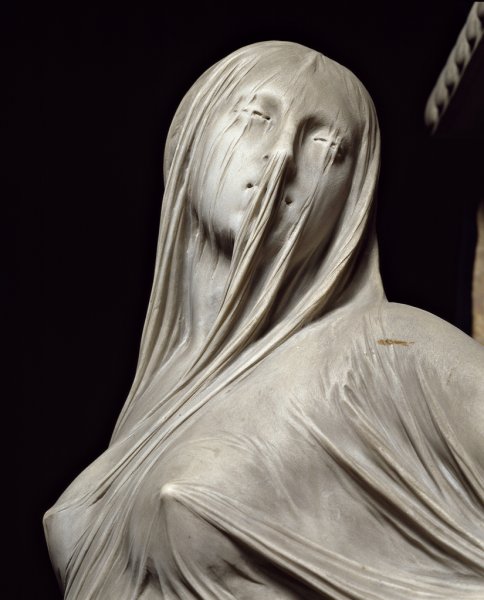

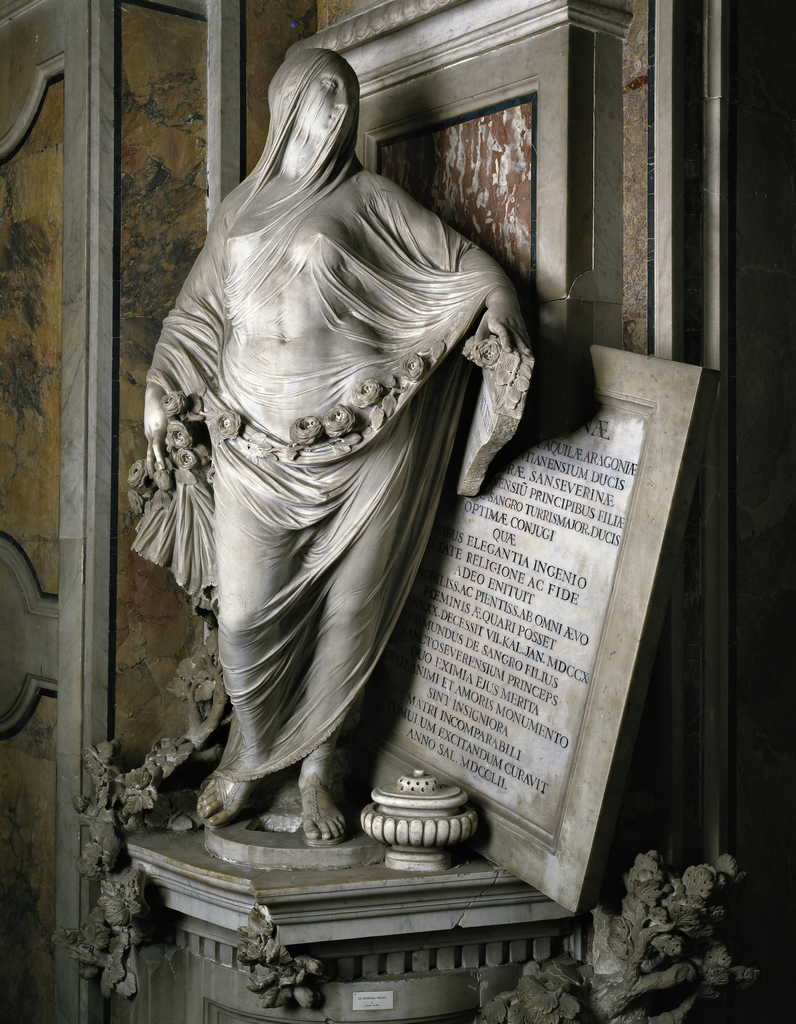
“Modesty,” 1751
Marble, Cappella Sansevero, Napoli
source.
Full disclosure: all info from Corradini’s Wikipedia page.
Jul 30, 2013 | apropos//ts, art history, art where
In Greek and Roman mythology, Daphne was a nymph whose beauty attracted the attention of the god of music, poetry and a bunch of other things: Apollo. In Ovid’s Metamorphoses, Apollo falls in love with her because the god of love, Eros, wants to get back at him for making fun of his archery skills (a little much right?). He shoots Apollo in the heart with an arrow made of gold to make him fall in love, and he shoots Daphne with a lead arrow to incite hate, pitting the two against each other and driving Apollo crazy. Eventually Apollo is chasing Daphne so she calls out to her mother Gai who rescues her by transforming her into a laurel tree.
But that’s not the only ancient tale about people turning into trees. Ovid tells another story in Metamorphoses VIII about an old couple, Baucis and Philemon, who were the only ones in the town to invite the disguised gods, Zeus (Greek)/Jupiter (Roman) and Hermes/Mercury, into their home even though they were much poorer than their neighbors. They were taken up to a mountain by the gods, who flooded the town once they were safe, and their house was transformed into a temple. They were made the guardians of the temple, and were also granted their request to die at the same time as the other. When they did die, they was transformed into a pair of intertwining trees, one oak and one linden.
But from the looks of it, there are probably a lot more reasons why people turn into trees. Maybe trees can even turn into people, Pocahontas-style.

source.

source.
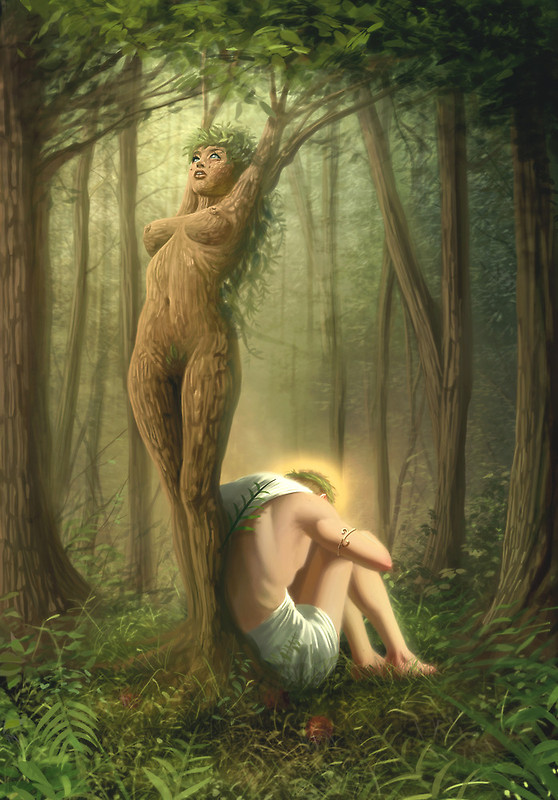
source.
4. artist unknown
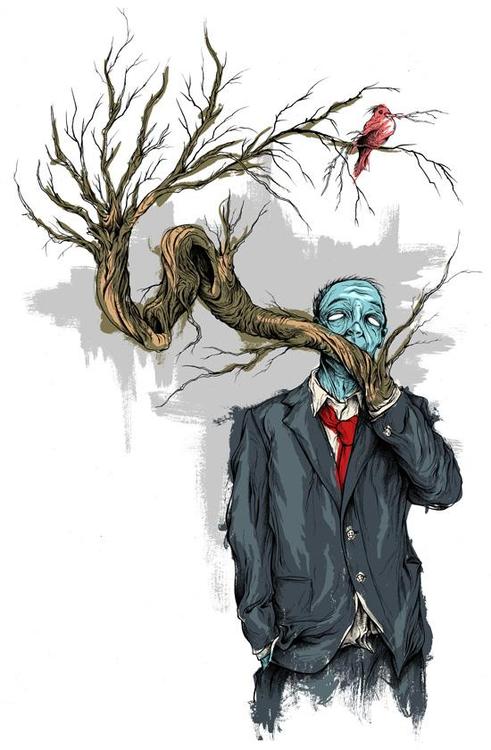
source.
5. “Apollo Pursuing Daphne” by Birney Quick (1912-1981)

source.
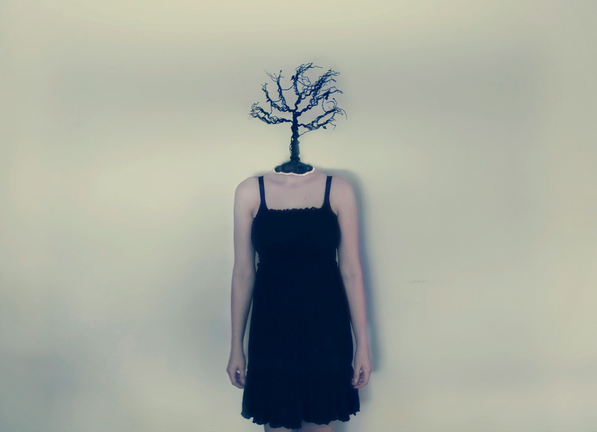
source.
7. “Philemon and Baucis” by Matheus Jean, 1619
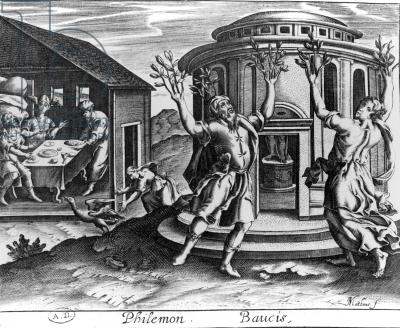
source.
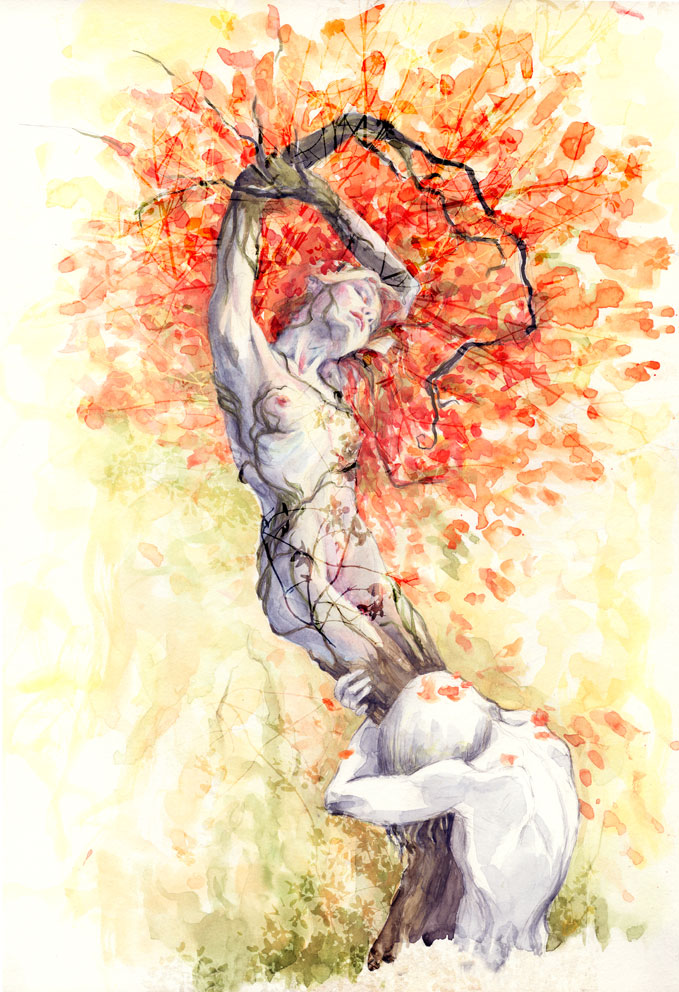 source.
source.
9. artist unknown
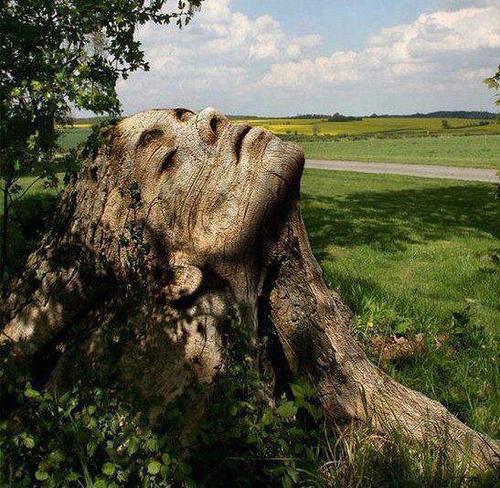
source.
10. Gian Lorenzo Bernini’s “Apollo and Daphne,” 1622-1625
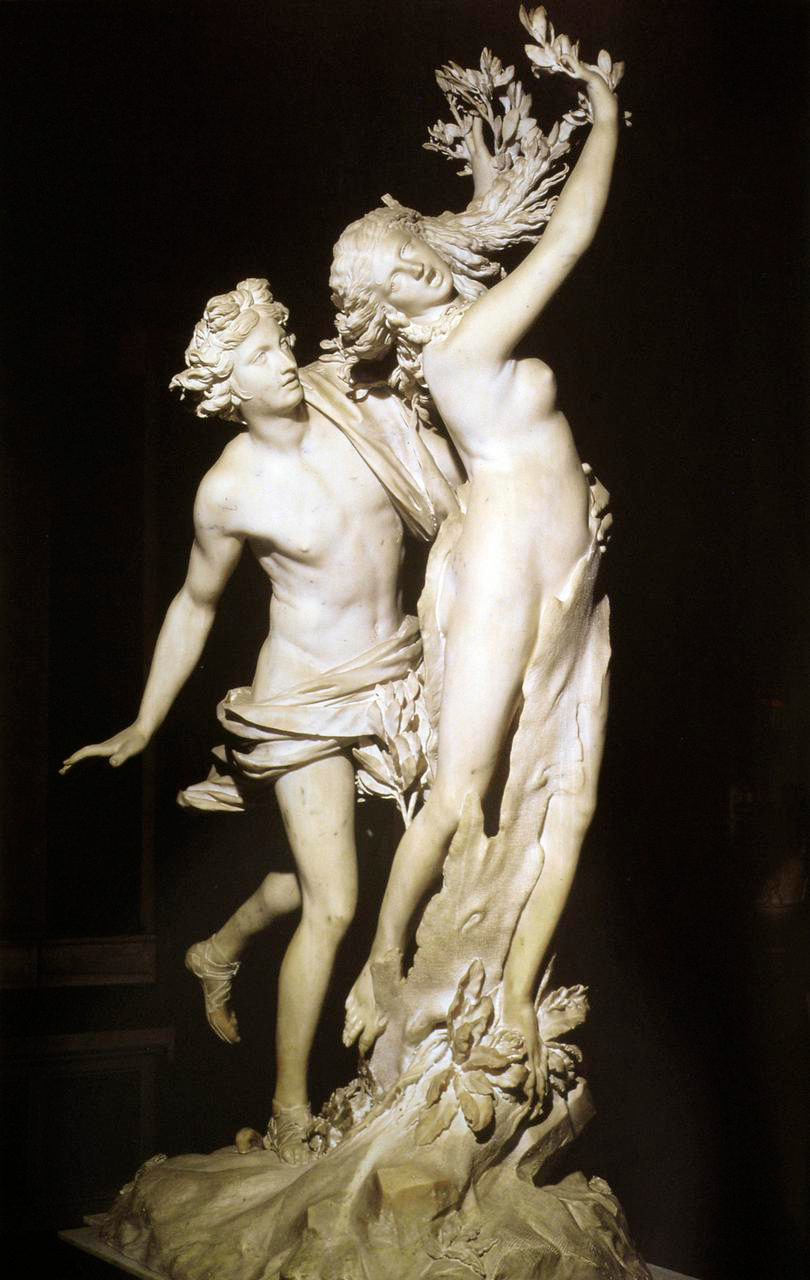
source.
11. artist unknown
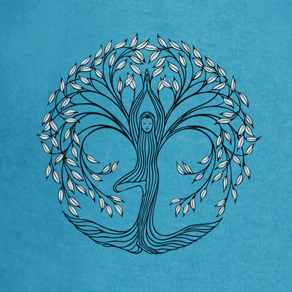
source.
12. “Baucis and Philemon,” artist unknown

source.
Know any of the artists featured above? Is your work up there? Email me and let me know!
And if you have your own transforming tree art to add, please comment!
Jul 25, 2013 | art history, painting, photography
Thomas Eakins lived from 1844-1916, and spent the majority of that time as an artist – painting, photographing, sculpting, and teaching others the craft. He was an American realist painter whose style is remembered for its loose, rich color. Eakins used photography, still a relatively new technology at the time, to study the details of a body in motion as it travels through space – a practice now regarded as one of his most important innovations.
“Strain your brain more than your eye… You can copy a thing to a certain limit. Then you must use intellect.”
-advice to his art students; quoted in Lloyd Goodrich, Thomas Eakins (1933)
Photography

Motion study: Male Nude, Standing Jump to Right, 1885.
image source
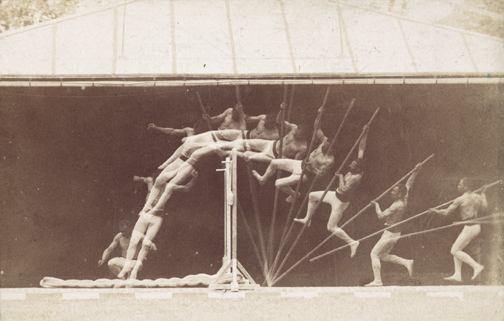
Motion Study: George Reynolds, nude, pole-vaulting to left, 1885
image source
He explored the heart of American life through portraiture, but didn’t receive recognition until late in life because of his role as a controversial figure when it came to the sexes. His studies of the male nude were often regarded as homoerotic, and later made him a major figure of art historical sexuality studies in the 1990s.
He insisted on teaching men and women the same way, using male models in female classes and vice versa, but was also accused of abusing female students. The scandals cut his success short, and his influence in the history of art was only realized after his death.
Painting
For more info about Thomas Eakin, see the artist’s Wikipedia page.
May 16, 2013 | art history, Art Institute in Chicago, painting
A painter paints another painter in this picture, a man in blue holding a palette of colors. And since this is Picasso, it’s done in a style based off of his own. His figure is disjointed and geometricized, turned into shining cubes of color that hold pieces of a nose here and an ear there. It’s like looking at a realistic work by Picasso through an organized kaleidoscope.
Juan Gris was a Spanish painter and sculptor who met Picasso in France after moving to Paris in 1906. Gris regarded Picasso as a teacher, but Gertrude Stein wrote “Juan Gris was the only person whom Picasso wished away.”


These photographs were taken at the Art Institute in Chicago.
For more pictures of this museum’s work, see my Flickr album.
Apr 25, 2013 | art history, Art Institute in Chicago, painting
“The Eventuality of Destiny” shows what could be the Three Graces, or just three random goddesses who are trapped on all sides by gray walls and ceiling. The architecture creates a sense of confinement that’s relieved only under the arm of the featured goddess – a little patch of blue sky that holds three tiny clouds.
This featured goddess stands tall with her arm gracefully draped over her head, and her whole body seems to glow from within with bright fiery colors. The greens, blues and oranges nearly burst out of her assumed human form, and the only sitting goddess looks like she holds whole universes within her. The women overtake the manmade architecture behind them, three maidens in elegant postures and only one reveals her face, bright blue shadows cast across her cheek with the tops and bottoms of her eyes lined in bold streaks of white.

An Italian artist born in Greece, Giorgio de Chirico imagines the Greek goddesses as colossal creatures, perfect in form and covered in color. This painting gives a glorious hopeful portrayal of the supernatural beings in charge of our universe, and yet they’re still confined within the boundaries we created for them.
[zl_mate_code name=”twitter/facebook” label=”5″ count=”2″ link1=”http://www.twitter.com/share?url=https://thingsworthdescribing.com/2013/04/25/the-eventuality-of-destiny-by-giorgio-de-chirico-1927/” link2=”http://www.facebook.com/share.php?u=https://thingsworthdescribing.com/2013/04/25/the-eventuality-of-destiny-by-giorgio-de-chirico-1927/”]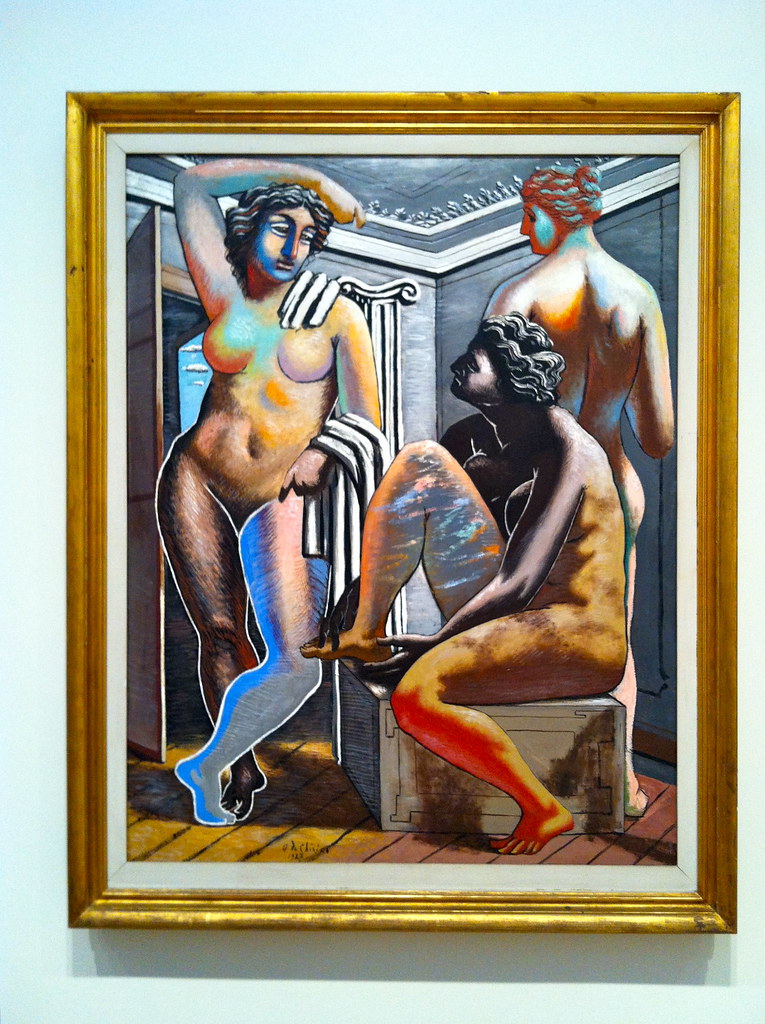 [/zl_mate_code]
[/zl_mate_code]
Photographs taken at the Art Institute in Chicago. For more photos from this museum, see my Flickr set.
And for more information about this painting or de Chirico, check out this JAMA article.



















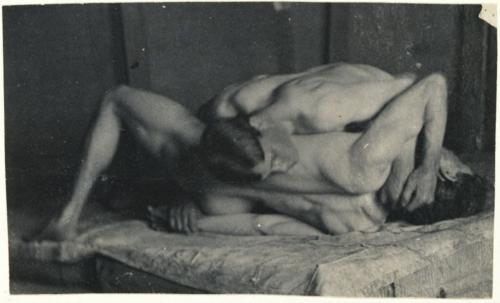
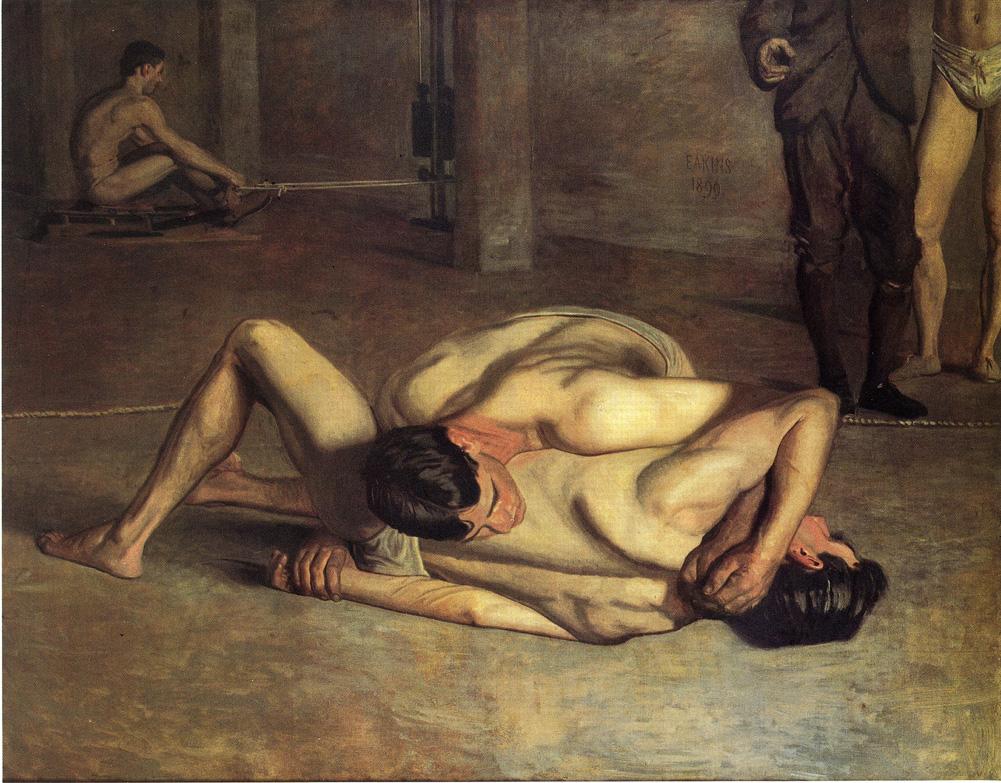
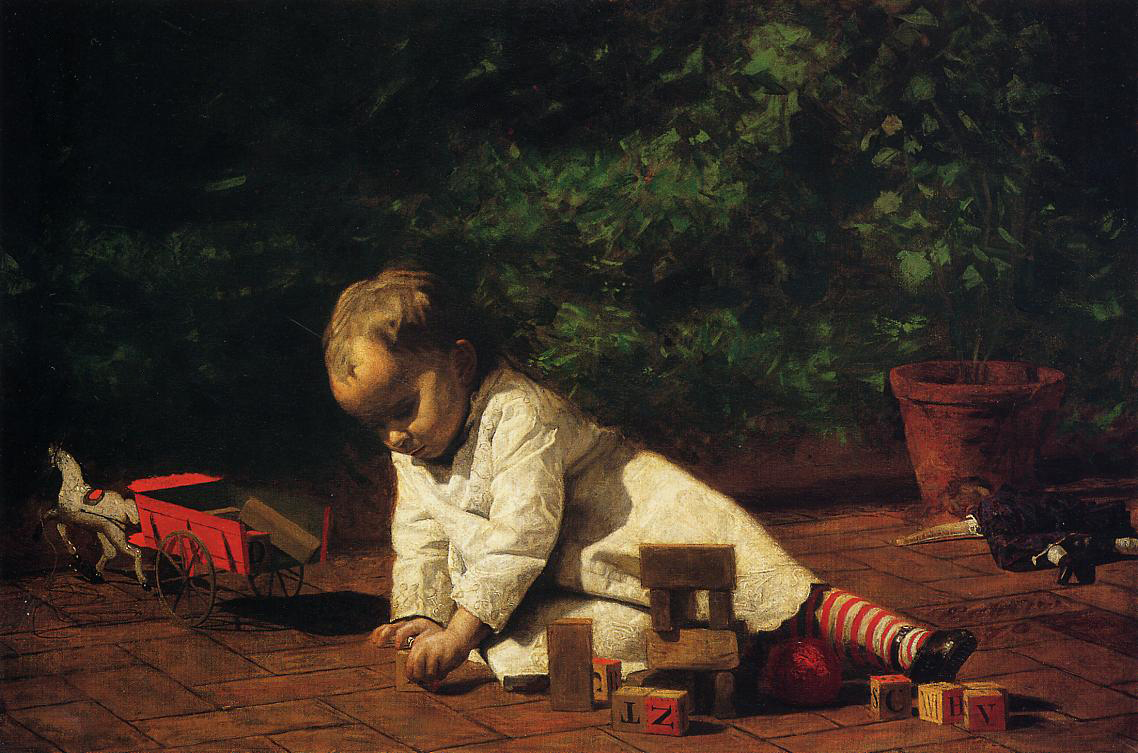
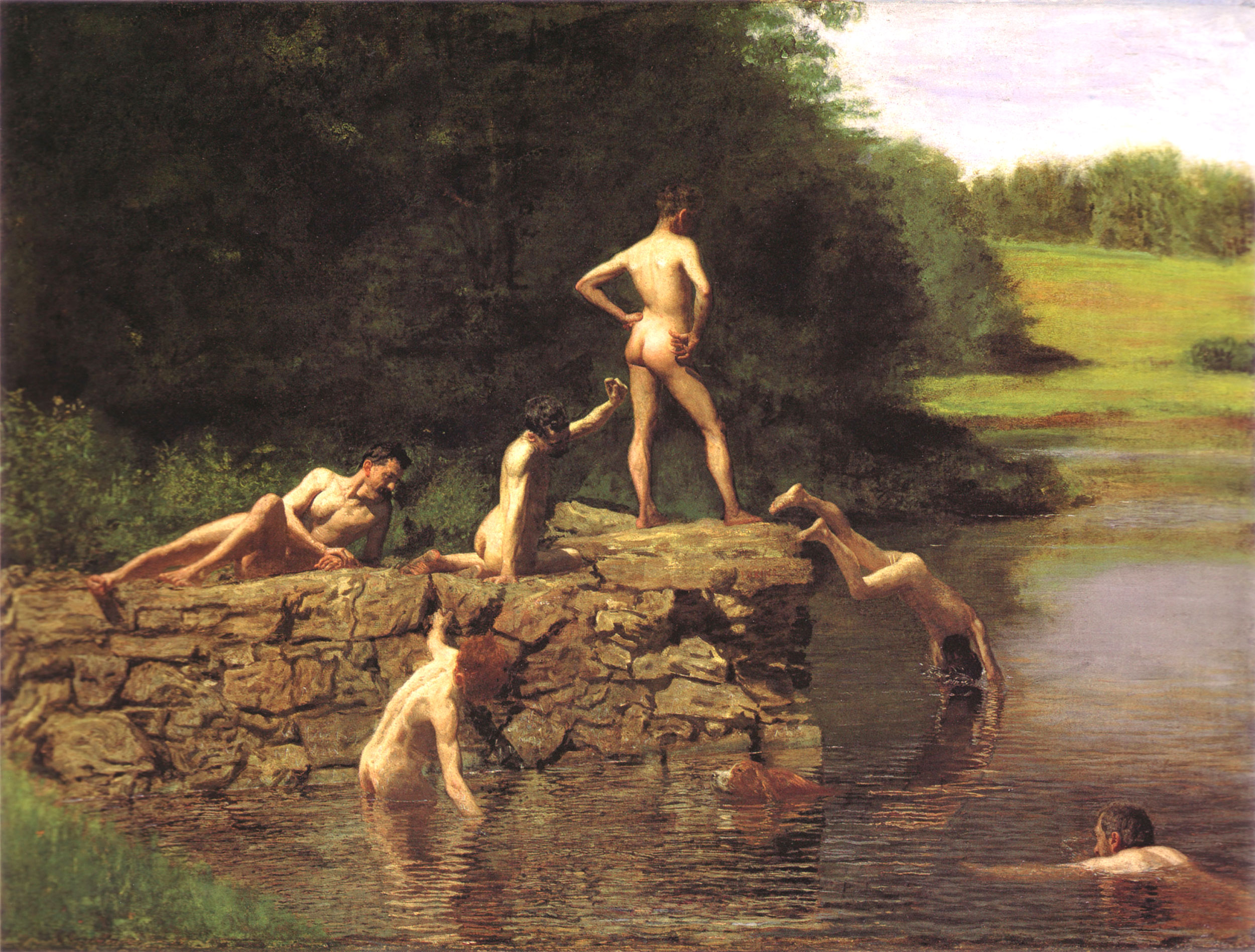
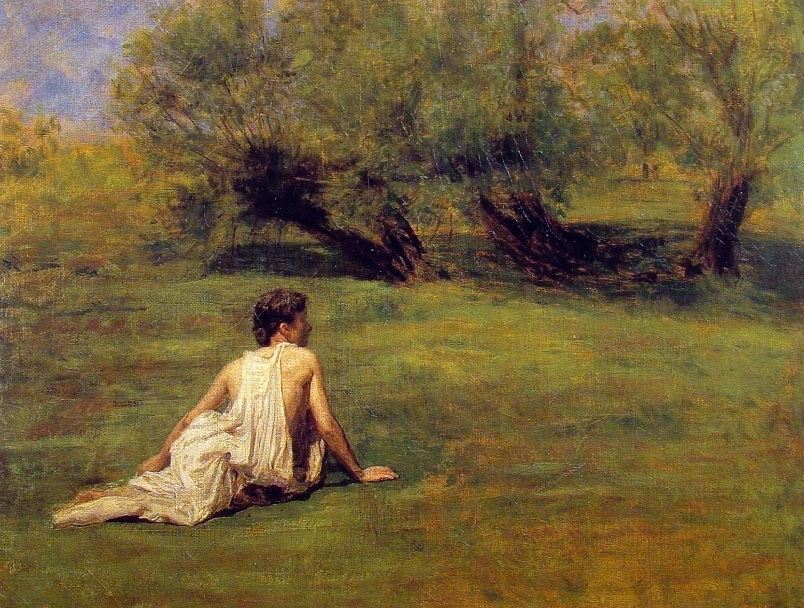



 [/zl_mate_code]
[/zl_mate_code]


